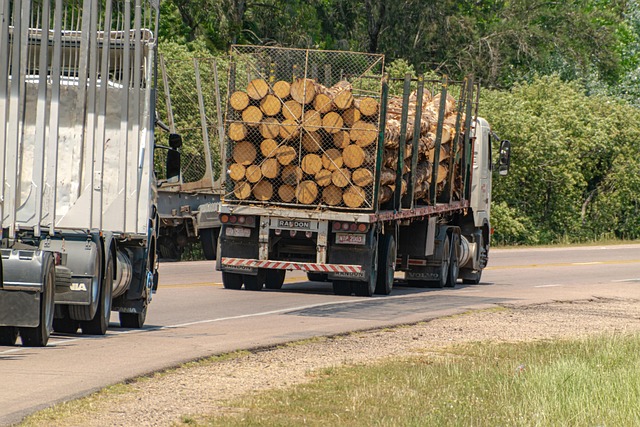Looking to register your car in California? This comprehensive guide walks you through every step, from understanding eligibility requirements to completing the DMV VIN verification process. We’ll help you gather the necessary documents, schedule a visit, and navigate the registration application smoothly. By following these steps, you’ll be on your way to securing your vehicle’s title efficiently and effectively.
- Understand Eligibility Requirements for Car Registration
- Gather Necessary Documents for DMV Vin Verification
- Schedule and Visit Your Local California DMV Office
- Complete Vehicle Registration Application Process
- Pay Registration Fees and Receive Your Title
Understand Eligibility Requirements for Car Registration

Before you begin the registration process, it’s crucial to understand the eligibility requirements set by the California Department of Motor Vehicles (DMV). To register your car in California, your vehicle must meet certain standards and be legally imported or already present within the state. One essential step is ensuring a successful DMV VIN verification, which involves cross-referencing the vehicle’s unique identifier against their records to establish authenticity and compliance with emission standards.
A valid Vehicle Identification Number (VIN) inspection is key to this process. You can facilitate this through various means, including traditional in-person visits or utilizing mobile vin verification services that offer convenient, on-demand VIN inspections right from your smartphone. These modern solutions streamline the initial eligibility check, making it easier for owners to navigate the registration procedure smoothly.
Gather Necessary Documents for DMV Vin Verification

Before heading to the California DMV for registration, ensure you gather all the necessary documents required for a successful dmv vin verification. This process involves verifying the Vehicle Identification Number (VIN) to establish ownership and vehicle history. You’ll need essential paperwork such as proof of identification (e.g., driver’s license or passport), proof of residency, and the vehicle’s title or registration. Additionally, have your sales agreement or purchase receipt handy if applicable.
For a smoother process, consider using a mobile vin verifier or mobile vin inspection service. These services allow you to complete the VIN verification step conveniently from your location. By having all your documents prepared and understanding what’s required for dmv vin verification, you can streamline the car registration process in California.
Schedule and Visit Your Local California DMV Office

Before registering your car in California, scheduling a visit to your local DMV office is essential. This step facilitates the necessary paperwork and ensures a smoother process. During your visit, you’ll need to bring along crucial documents such as proof of ownership, valid identification, and current vehicle insurance. The DMV staff will guide you through the registration procedure, which includes verifying the Vehicle Identification Number (VIN) to ensure its authenticity and history.
For added convenience, consider opting for a mobile VIN verification service if available in your area. This alternative allows for an inspection of your car’s VIN without the need to visit a DMV office physically. A mobile vin inspection can expedite the registration process by streamlining the initial verification step, making it particularly beneficial for those with busy schedules or limited mobility.
Complete Vehicle Registration Application Process

To complete the vehicle registration process in California, you’ll need to go through a series of steps, starting with the DMV (Department of Motor Vehicles) vin verification. This involves checking the Vehicle Identification Number (VIN) and ensuring it matches the details on file. You can request a mobile vin inspection or visit a DMV office for this step.
Fill out the Complete Vehicle Registration Application, providing all necessary information, including ownership details, vehicle specifications, and identifying documentation. The form will require you to declare any modifications made to the vehicle. Once your application is complete, submit it along with the required fees and your valid driver’s license or state ID at a DMV office for final processing.
Pay Registration Fees and Receive Your Title

After completing the registration process and passing all necessary inspections, it’s time to pay your registration fees. The California DMV charges a fee for registering a vehicle, which varies depending on the type of vehicle and its age. You can typically pay online or in person at a local DMV office. Once your payment is processed, you will receive your vehicle’s title, officially making you the owner on record.
Remember, a crucial step before registration is ensuring your vehicle’s VIN (Vehicle Identification Number) is accurate and verified. This process, often done through a mobile vin inspection or online tools, cross-references the VIN with state records to confirm its authenticity and history, including any previous owners or accidents.
Registering a car in California involves several straightforward steps, from understanding eligibility requirements to completing the vehicle registration application process. Ensure you gather all necessary documents for DMV VIN verification, including your vehicle’s title and identification. Schedule a visit to your local California DMV office, where you’ll pay the required registration fees and receive your official vehicle title, marking the successful completion of the process.
